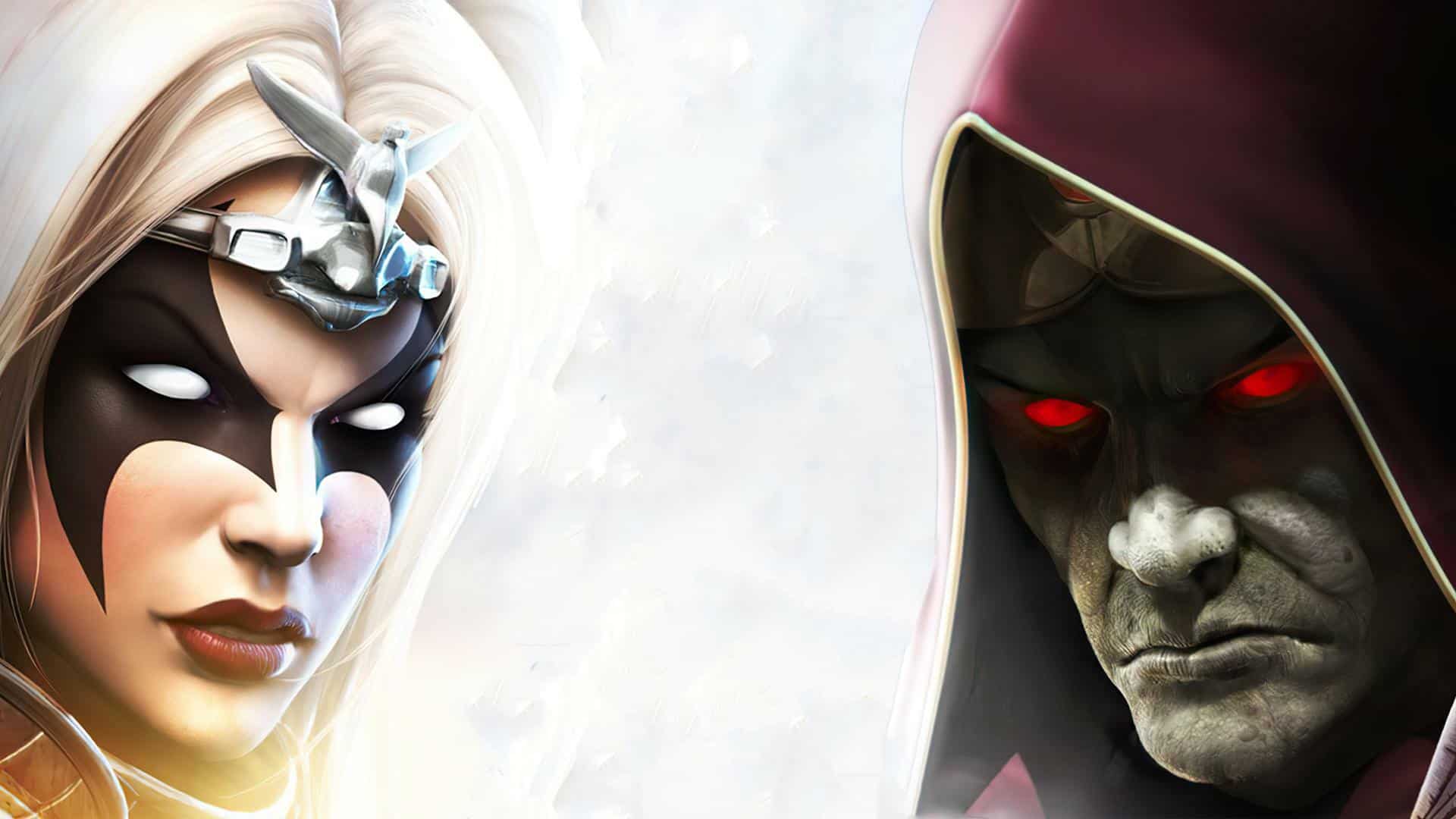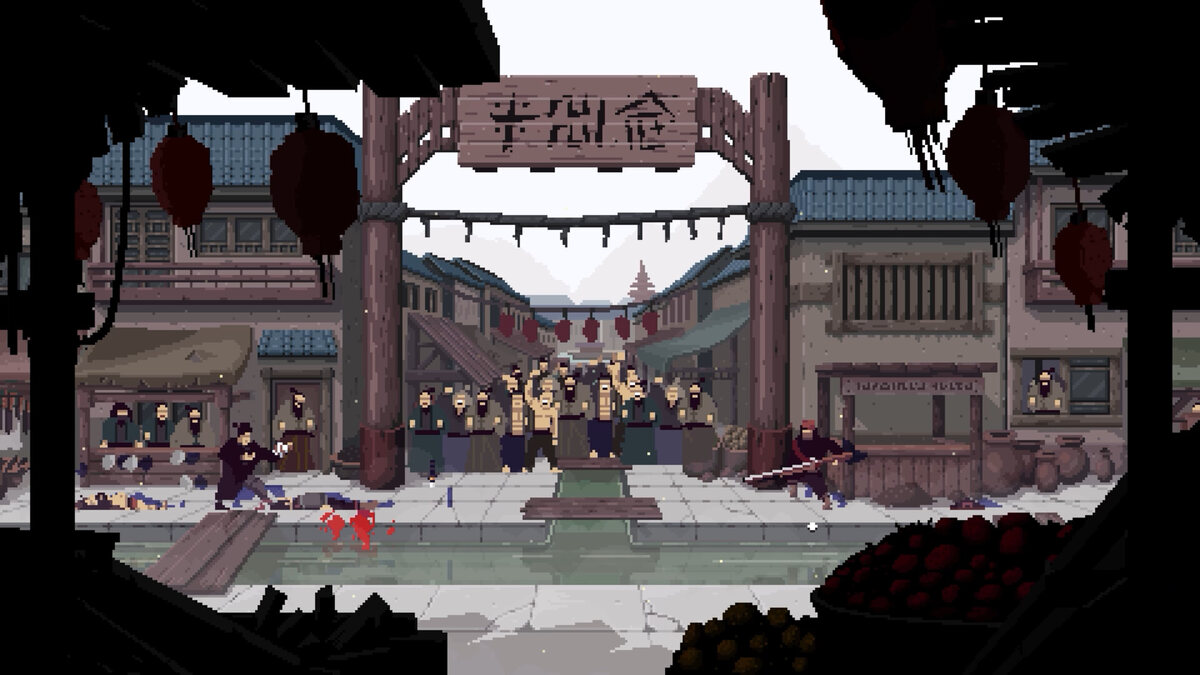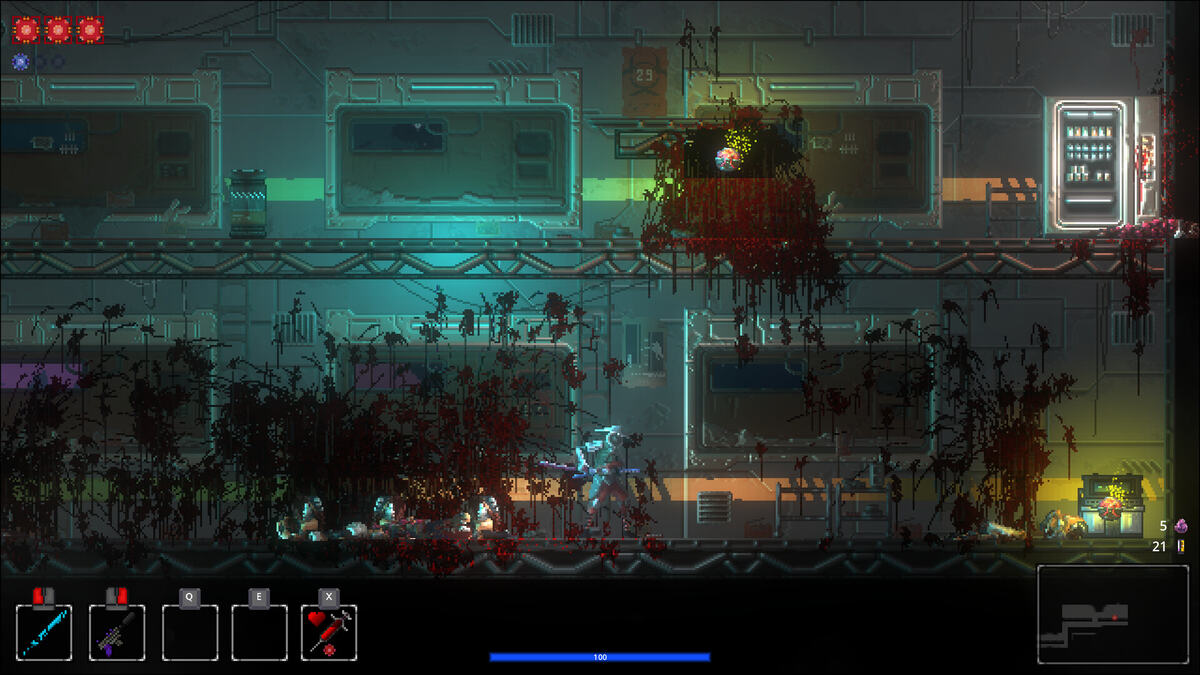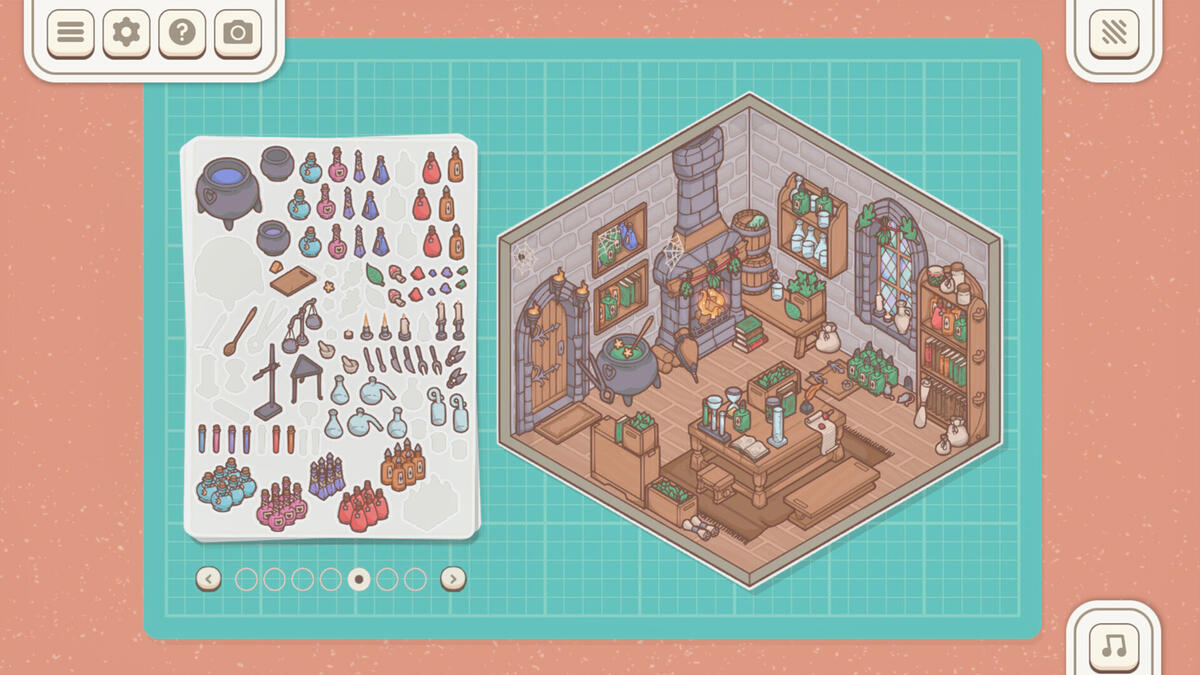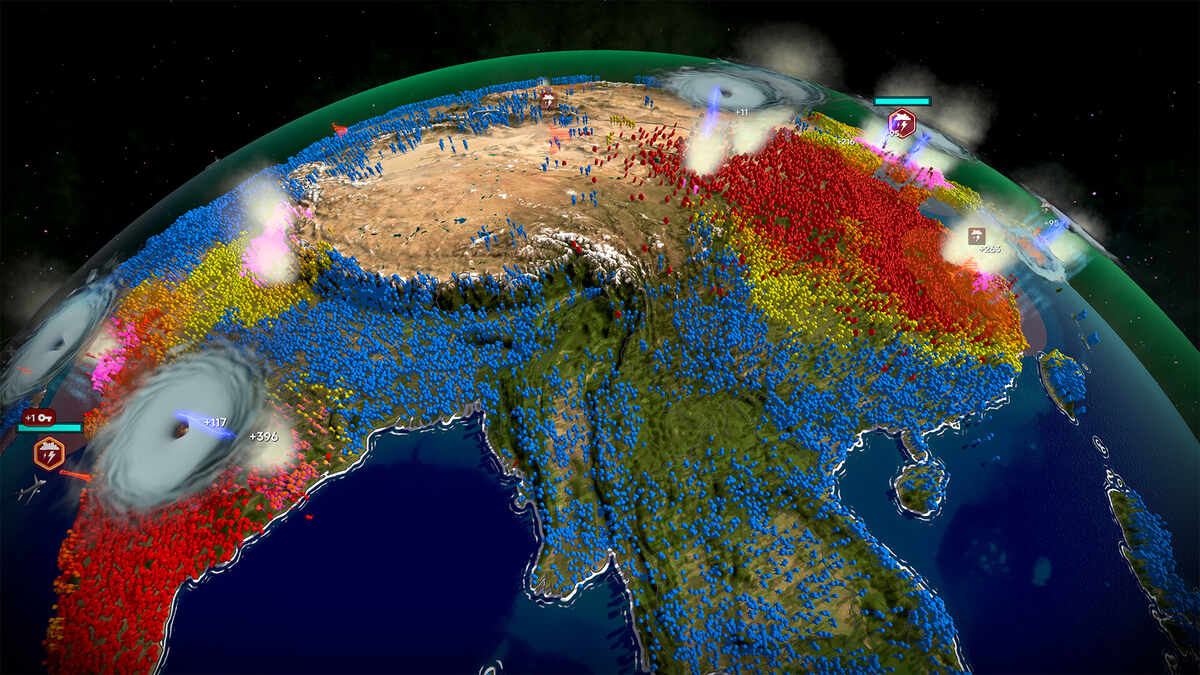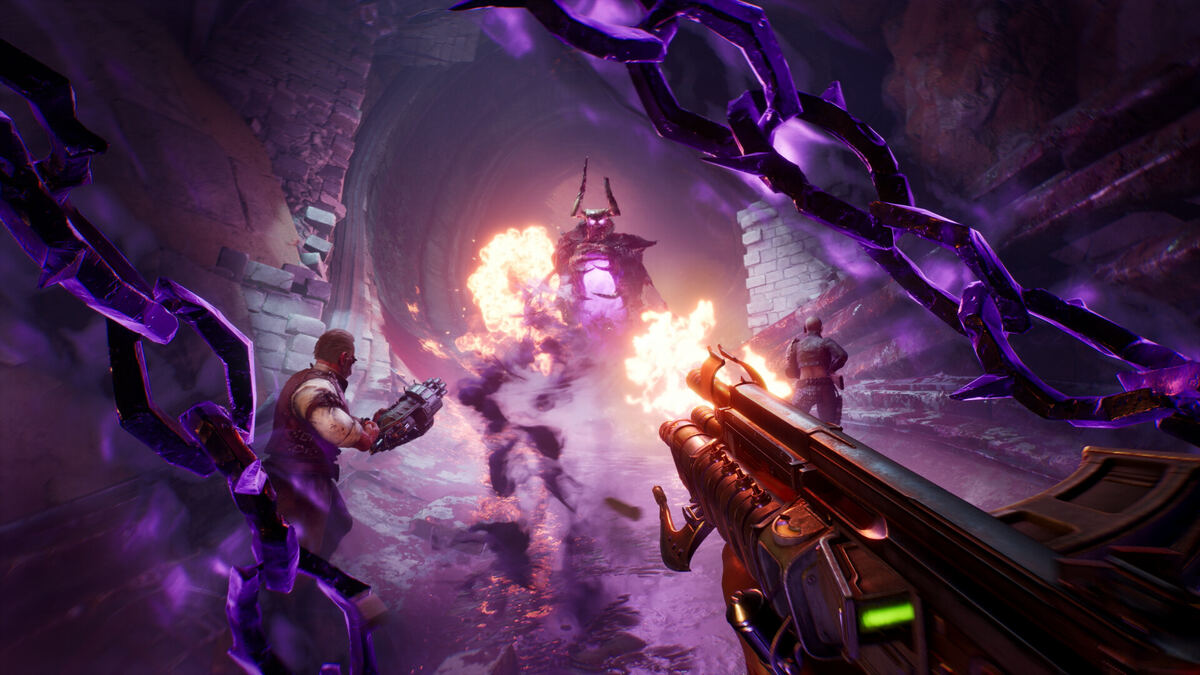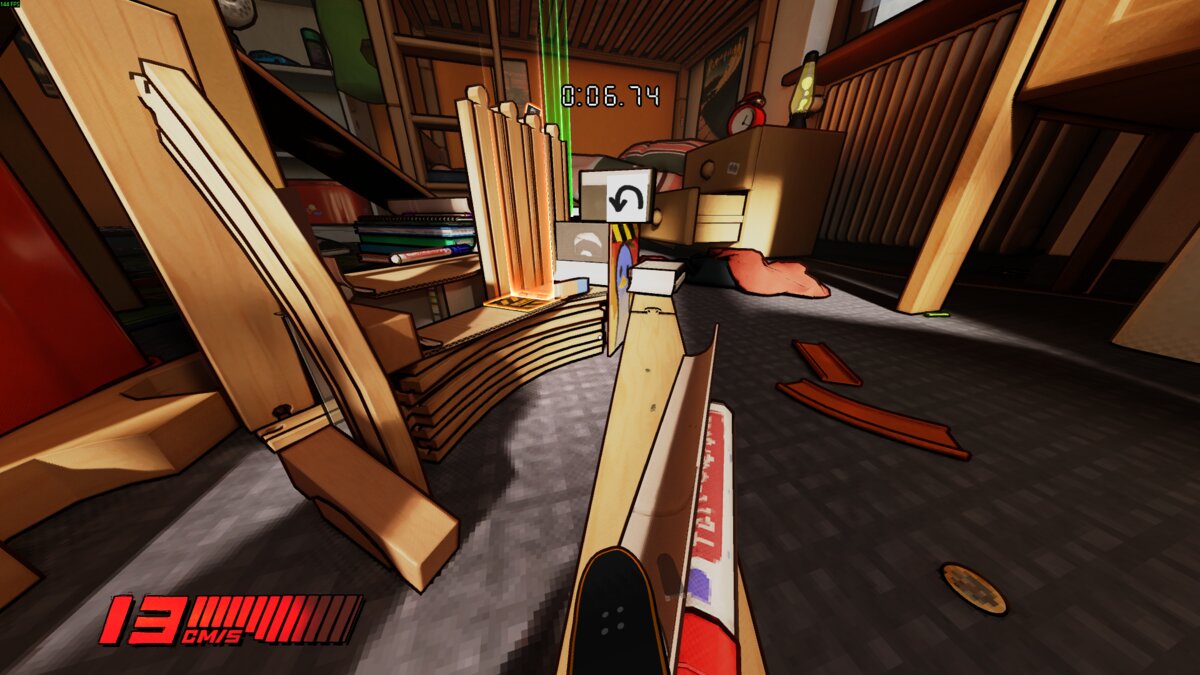You can trust VideoGamer. Our team of gaming experts spend hours testing and reviewing the latest games, to ensure you're reading the most comprehensive guide possible. Rest assured, all imagery and advice is unique and original. Check out how we test and review games here
Last time Pro-G saw the prequel to the surprisingly popular Sacred, the game was at a very early stage, and while it undoubtedly held appeal, it was clear that it had some way to go before it generated too much enthusiasm.
Some months later, a new playable build has been made available, and it is undeniably improved. Despite the fact that the current build is still pre-alpha, it does look superb, and is particularly noteworthy because of its sumptuous detail. There are still moments in this epic role-playing game when things don’t quite look perfect, but with a 2008 release date pencilled in, there is still plenty of time for improvement.
Of course, when it comes to vast PC games, impressive visuals all too often mean that many owners of basic, or even mid-level machines, will suffer due to the fact that they don’t own a high-end gaming PC. However, Sacred 2, which is set an entire millennium before the first game, can apparently render down its own artwork to various levels, leaving it playable for a huge array of gamers.
For the first time, and to the delight of the game’s developers, the Xbox 360 version was demonstrated, and rather surprisingly it really does hold its own against the version of the game running on the glowing powerhouse towers that were used to demo the PC build. Both feature an enormous map that would apparently take six hours to cross on foot as the crow flies, which, considering the two different single-player modes in the form of the Dark and Light adventures, gives you a very large game for your money.
It must be said that on both the PC and console version the draw distance was pretty awful, and a thick grey ‘fog of war’ sometimes even enveloped the nearest buildings and wildlife. Regardless of such failings, which will hopefully disappear once the code reaches alpha stage, there was also far more on display in terms of dungeons, hidden areas and interiors. It genuinely seems that the map is filled with details and motivations for thorough exploration, which should satisfy the most stringent gamers.
Ironically though, it is the relatively simple human villages that are the most visually pleasing. There are indeed some splendid sweeping vistas and views to enjoy, but the humble semi-medieval communities, which bustle with activity as residents go about their daily routines as they act out over 100 different jobs, have a real charm about them. The mounts each character can use to travel on and fight with as allies can also be significantly upgraded; they look great too, with extraordinary fur effects and wonderfully natural animation.
The environment effects are also lavish and enchanting, and the heavy storms, where tree branches and grass whip about in the wind and rain, are particularly nice. The 45-minute day and night cycle is implemented with some very pretty shadow work, and water is animated brilliantly as fish flock in schools and scatter beneath the surface.
It may seem a little shallow to dwell so enthusiastically on the looks of this luscious adventure, but little else has changed since the first time Pro-G was treated to hands-on time with the game. Again, you can chose from 6 different classes before setting off on a gigantic quest-lead RPG adventure. The single-player game uses a multiplayer game engine, meaning friends can dip in and out to help you on your quest, though sadly development was started before there was the opportunity to allow Xbox 360 and PC users to play together online, and unfortunately any time you spend working on a friend’s game as Player Two appears not to add any stats or progress to your own.
The multiplayer allows up to six players across three consoles, or 16 PC users on their own machines to work together, and various arena games add a certain esteem by rewarding victorious combatants with collectable adornments to allow them to show off their status.
On the PC the controls are startlingly simple, and that approach to accessibility seems to have made the translation to the 360, if the developers are to be believed. If the end result is an accessible RPG that loses none of its depth, then Sacred 2 may satisfy the hardcore and the curious casual player, but with vast competition and a huge rivalry from the numerous MMORPGs it borrows so much, Sacred 2 has its work cut out.
/https://oimg.videogamer.com/images/9bce/sacred_2_fallen_angel_23.jpg)
